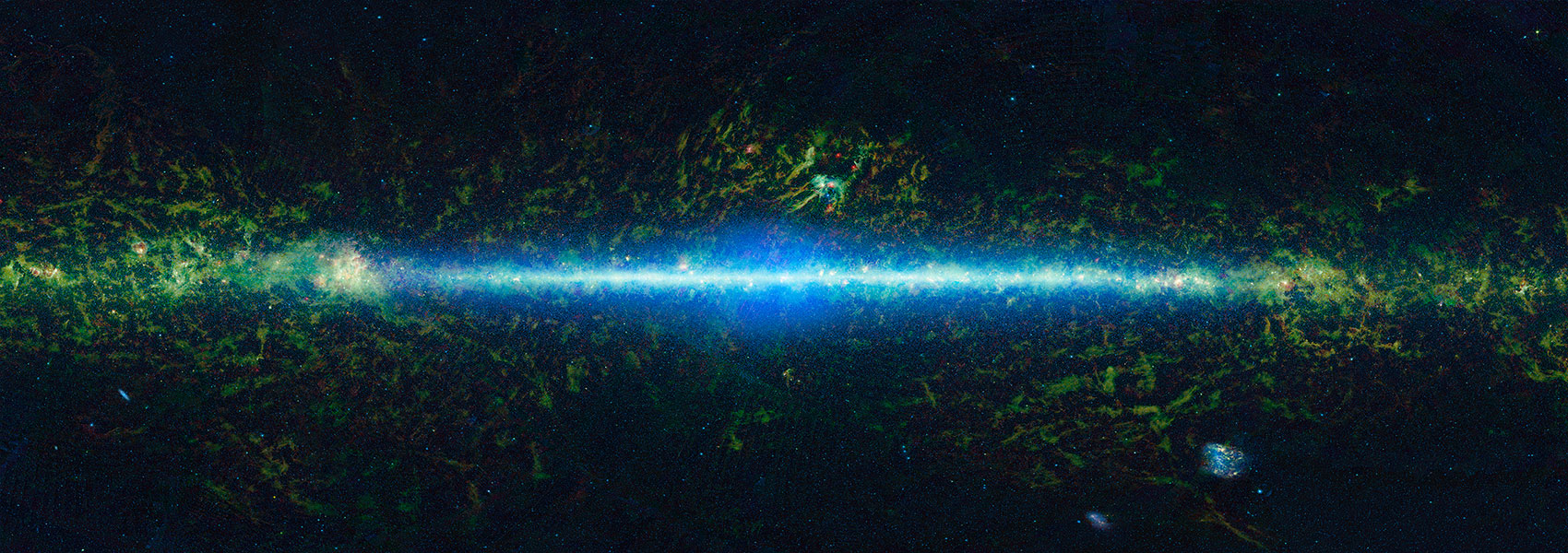
Multicomponent Ionized Gas Outflows in the Hot Dust-obscured Galaxy W2026+0716 with Keck/OSIRIS
June 2025 • 2025ApJ...986...26L
Abstract • We present narrowband-filtered integral field unit observations of the hot dust-obscured galaxy (Hot DOG) WISE J202615.27+071624.0 (hereafter W2026+0716) at redshift z = 2.570 using Keck/OSIRIS. Our analysis reveals a multicomponent ionized gas outflow structure in this heavily obscured active galactic nucleus (AGN) host galaxy. Multicomponent Gaussian decomposition of the [O III] and Hα emission lines uncovers extremely broad and asymmetric profiles, characteristic of AGN-driven outflows. Kinematic mapping shows spatially distinct structures: the [O III]- and Hα-dominated components (with radii of 1.20 ± 0.56 kpc) are separated by a projected offset of ∼1.1 kpc and exhibit divergent velocity regimes. The [O III] outflow reaches a velocity of 3210 ± 50 km s‑1, while the Hα outflow component attains 2310±840 km s‑1. Dynamical modeling supports a biconical outflow structure, with [O III] and Hα emissions dominating separate cones and significant dust obscuration of the redshifted outflow. Their comparable momentum outflow rates and energy outflow rates suggest a potential physical connection in their driving mechanisms. Spectral energy distribution analysis reveals anomalous optical/UV excess, attributed to AGN photon scattering by dust or outflowing material, classifying W2026+0716 as a "Blue Hot DOG". The derived outflow timescale (∼105 yr) aligns with the evolutionary phase of Blue Hot DOGs, suggesting AGN feedback operates persistently during this transitional stage.
Links


